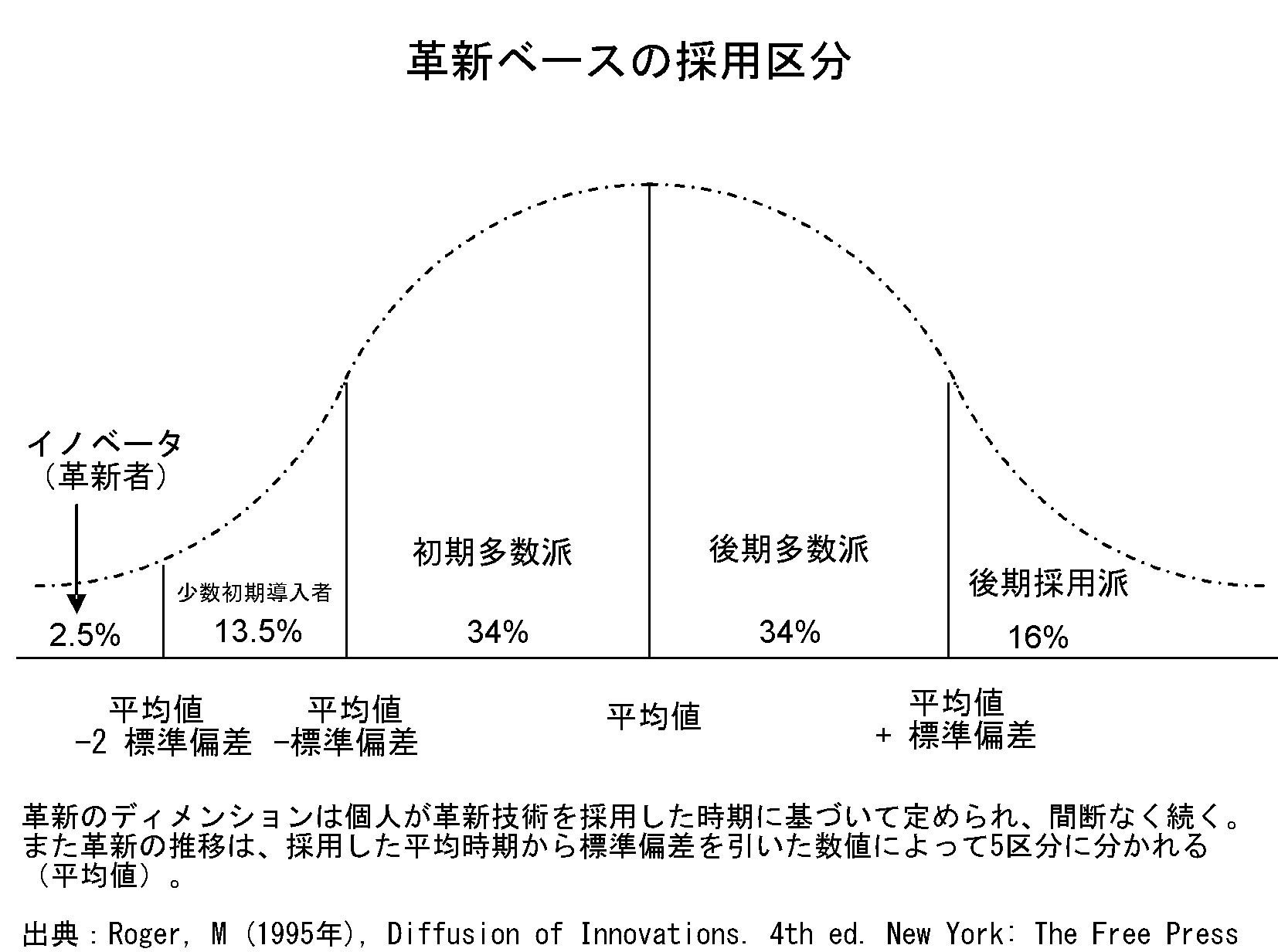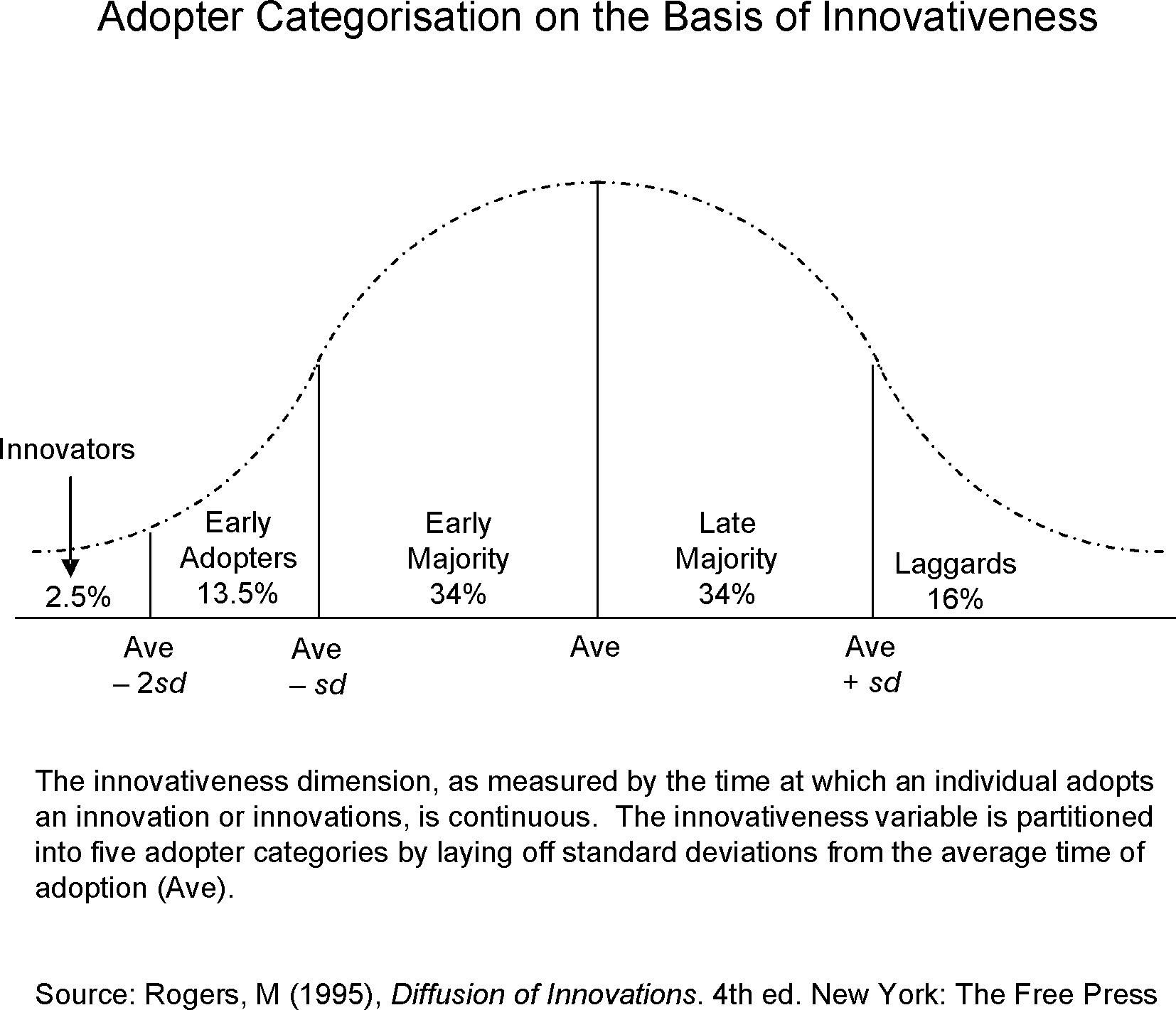 デジタルデバイドの架け橋かICTラグの縮小か? デジタルデバイドの架け橋かICTラグの縮小か?
世界電気通信日を機に、発展途上国が直面する問題を国連が正確に把握しているかどうかを考える
2004年6月20日号
昨年10月、11月に国連のWSIS(世界情報社会サミット)のイニシアチブについて取り上げた。そこで報告したとおり、WSISの主要目的のひとつは、開発途上国がICT(情報通信技術)時代への参加が不十分なために経済的・社会的な発展のにおいて制限を受けないようにすることである。また、ITU(国際電気通信連合)事務総局長の内海善雄氏が、「....... ITUの役割は、現代社会においてICTをとりまく政治的・社会的な主要課題を担う役割へと拡大してきた」、そして、「情報を持つものと持たざるものを隔てる裂け目にまだごくわずか踏み入ったにすぎない」と述べたことについても触れた。
5月17日の世界電気通信日を機に、「デジタルデバイド(情報格差)」の問題についてここで再度取り上げる。また発展途上国がICTの物理的・社会的インフラを通じて持続的な経済発展を遂げていく中での、先進国による支援の必要性についても考察する。
世界電気通信記念日に先立ち、ITUはアフリカ・フォーラムを開催した。以下はその詳細である。
ITUのアフリカテレコム国際会議の閉会式でDigital Solidarity Agendaの精緻化を指向―カイロ(エジプト)
2004年5月11日エジプト
エジプトのカイロで開催されていた国際電気通信連合(ITU)のアフリカ・フォーラム2004は、世界情報社会サミット(WSIS)の準備段階で持ち上がったDigital Solidarity Agenda(デジタル連携アジェンダ)について話合うためのセッションをもって、2004年5月8日幕を閉じた。同会議はITUの主要会合としては、2003年12月にWSISがジュネーブ(スイス)で第一フェーズを開催して以来のものであった。また特にアフリカ地域に重点を置きながらDigital Solidarity Agendaについて話合いを深め、これを練り上げるために時機を得たフォーラムであった。
3日に及ぶITUのアフリカ・フォーラム2004のテーマそのものは、"アフリカへのアクセス"であった。このテーマは参加者がアフリカの通信市場が有する非常に大きな潜在性を開拓し、これまで同地域の通信産業を形作ってきた主なトレンドを検証し、また将来的に同産業を形作る手助けとなる建設的な協力関係を築くためのものであった。「この会議は、過去10年間に同地域の通信業界で起こった劇的な変化を巧みに反映している。」とITU事務総局長の内海善雄氏が述べている。同氏はさらに「利用されるべき技術の種類に対する認識を確固たるものとし、アフリカ地域における将来の通信産業の成長を助けるために採られるべき手法を確立するために役立ってきた」と付け加えた。この会議にはフォーラム代表者1111人、展示会出展者261人、商業関係者7803人を含む、合計9990人が参加した。
Digital Solidarity Agenda(デジタル連携アジェンダ)
WSISのジュネーブ・フェーズではDigital Solidarity Agenda(このコンセプトはもともとセネガルのワッド大統領が提唱したものである)の基礎を作り、この"solidarity(連携)"でとるべき形について明確にする作業にとりかかった。
WSISの第一フェーズでは、グローバルな情報社会を築き上げるためのDeclaration of Principles(基本宣言)とPlan of Action(行動計画)が制定された。特にPlan of Actionには"Digital Solidarity Agenda"が設けられた。
Digital Solidarity Agendaの狙いは、人類一人一人が情報社会の一部になり得るよう、人的・財務的・技術的資源が集結する状態を整えることである。WSISの第一フェーズで合意に至ったDigital Solidarity Agendaの中には、デジタルデバイドを解消するための新たな資金調達手段の必要性について検討するために、優先順位と戦略を立案し、資源を集結し、国連のコフィー・アナン事務総長の下に作業部会を創設することなどが含まれている。
国連のイニシアチブを高く評価する一方、ICTの格差を説明するために使われた言葉遣いに対する不安が高まっている。そこでの言葉遣いによると、先進国にはあって発展途上国にはない、したがって単独の対処法で解決できるような唯一・固定的な問題を挙げ連ねているように読み取れる。以下のWSIS の行動計画案(10月のレポート参照)からの引用を見ると、固定的な問題がどういうことであるか分かる。
「国連のミレニアム宣言をはじめとする、国家間の協力を前提として国際的に合意された発展目標に基づいて、かかげられた目標は、行動計画の方針を推進しながらICTを利用した接続性やアクセスを向上させるための世界的な基準となりうるであろう。その目標は2015年までに達成するというものである。こうした目標は、国家間の環境の違いを考慮しながら、(以下のような)各々の国家目標を設定する上で配慮されることになろう:
a) ICTで村々をつなぎ、地域社会のアクセス・ポイントを作り上げる
b) 大学、高校、小中学校をICTで結ぶ
c) 科学、研究機関をICTで結ぶ
d) 公立図書館、文化施設、美術館、郵便局、公文書保管所をICTで結ぶ
e) 医療施設と病院をICTで結ぶ
f) 全ての地方自治体・中央政府の各部署をつなぎ、ウェブサイトを作り電子メールアドレスを開設する
g) それぞれの国の環境を考慮しながら、全ての小中・高等学校のカリキュラムを情報社会に向けた課題に合致させる
h) 世界中の全ての人々がテレビとラジオの視聴を確実に行えるようにする
i) 世界の全ての言語がインターネット上で表示・利用されるようにするために、コンテンツの開発を推奨し、技術的な環境を整える
j) 全世界の半分以上の人が確実に手元でICTにアクセスできるようにする。
多くの通信産業の観測筋や関係者と同じようにITUも、"デジタルであること"(Nicholas Negroponte(MITメディアラボ研究所所長)には申し訳ないが)だけをもって発展途上国が先進国に追いついたと判断し、また技術的に高い状態であると捉えているように見受けられる。この意味合いからすると、更なるインターネットの進化は予測可能な一直線であり、2015年にはテレビやラジオのサービスが今日とほぼ同様であるということになる。しかし、もちろんそんな訳がない。過去の歴史を見ても分かる:
* 技術は留まるところを知らない
* 技術が変化する速度は絶えず増している
* 10年先の技術変化はほとんど予見できない
* 過去の経済の需給モデルは、インターネットや移動体電話、コンピュータゲームなど最先端の技術がもたらした商品・サービスと必ずしも適応していない
我々の見解としては、ICT格差を縮めることこそが必要であると考えられる。その格差とは、技術ごとに異なるタイムラグ(時間のずれ)のことである。それはある発展途上国が最も進んだ国々に比べどれくらい遅れているのかという観点から定義することができる。下記の通り、ICT格差あるいはICTラグという考え方を理解し、それを測るために、普及学という切り口で考察することが有益である。

(拡大図はこちら)
国連とITUにとっての真の課題は、どのように発展途上国を多くの先進国が今日持つICTのレベルと同等まで確実に到達させるかではなく、発展途上国に普及させるためのイノベーションにかかる平均時間をいかに減らすかということである。Everett Rogersなどの普及学の理論を使うと、発展途上国に特定の技術を普及させるための目標は、"イノベーター(革新者)"と"アーリーアダプター(少数初期採用者)"の国々による採用度に基づいて定めることができる。より発展が進んだ市場ではそうした技術に対する消費者の需要が様々であることを見ても分かるとおり、各々の技術によって普及目標が違ってくるのである。
先進国で導入され受容されてから、発展途上国で普及するまでのタイムラグを縮めることこそが、重要なのである。こんなことは全体的な課題からすれば大した違いではなく、取るに足りないことだと言う人もいるだろうが、問題の根源を理解し、次のような持続可能な手段を作り出すことが不可欠であると考えられる:
a) 広く普及するような技術を見出す
b) その技術と技術によるメリットを発展途上国に普及させるようなタイムリーな計画を、その技術がまだ最新のものであるうちに策定する
結局のところ、発展途上国にとっての課題は、その国が持てる絶対的な技術ではなく、多くの先進国に比べてどれくらい遅れをとっているかということである。また、国連とITUにとっての重大なメッセージは、ある新しい技術が先進国の間で広く取り入れられていることが分かったら、いかにして直ちにその技術を発展途上国に普及させるよう計画するかということである。ICT格差を縮めるにあたり、何らかの技術を飛び越えたり、前からある計画を廃止したりする計画上の柔軟性もかなり必要とされてくるであろう。例えば、地上波テレビサービスがない国に、現時点でアナログシステムを広める計画を立てても、何の意味があるというのか。
(C) 2004 Telecommunication Ltd.
(原文)
 Bridging The Digital Divide or Reducing The ICT Lag? Bridging The Digital Divide or Reducing The ICT Lag?
In the wake of World Telecommunications Day, we consider whether the UN has correctly diagnosed the problems facing less developed nations
2004.6.20
Last October and November we wrote about the UN's WSIS (World Summit for the Information Society) initiative. As we reported then, a major objective of the WSIS is to ensure developing nations are not constrained in their economic and social development by not participating sufficiently in the ICT (Information, Computing and Telecoms) age. We also reported the Secretary General of the ITU, Yoshio Utsumi said that the '....ITU has expanded its role too take on board the key policy and social issues surrounding ICT in the modern world', and "only the smallest of inroads has been made into the gulf that separates the information haves and have-nots".
As the 17th May was World Telecommunications Day, we thought we would revisit the issue of "The Digital Divide", and the need for developed nations to assist the less developed nations in developing sustainable economic improvement through ICT physical and social infrastructure.
Just prior to World Telecommunication Day, the ITU held an Africa Forum, details as below.
ITU Africa Closing Session Seeks to Refine the Digital Solidarity Agenda, Cairo (Egypt)
Egypt 11 May 2004
The International Telecommunication Union (ITU) Africa Forum 2004, held in Cairo (Egypt) closed on 8 May 2004 with a session devoted to discussing the Digital Solidarity Agenda which emerged during run-up to the World Summit on the Information Society (WSIS). The Cairo event was the first major ITU event since the first phase of the WSIS was held in Geneva (Switzerland) in December 2003, and it presented a timely forum to further discussions and refine the Digital Solidarity Agenda, with a particular emphasis on the Africa region.
The theme of the three-day ITU Africa 2004 Forum itself was "Access Africa", a theme under which participants explored the tremendous potential which Africa's telecommunications market has to offer, examined key trends which have defined the region's telecoms industry to date and forged constructive alliances to help to shape the industry for the future. 'The event has ably reflected the dramatic changes which have taken place in the region's telecommunications sector in the last decade,' said Yoshio Utsumi, Secretary-General of ITU, adding that 'it has helped to cement awareness of the kinds of technology which should be utilized, and the approaches which should be taken to help Africa's future telecommunications sector growth.' The event saw a total of 9,990 participants including 1,111 forum delegates, 261 exhibitors, and 7,803 trade visitors.
The Digital Solidarity Agenda
The Geneva phase of WSIS set down the foundations of the Digital Solidarity Agenda, a concept originally proposed by President Wade of Senegal, and began the work of defining what form this "solidarity" should take. At the first phase of the WSIS a Declaration of Principles and a Plan of Action for building an inclusive global Information Society were established. In particular, the Plan of Action established a "Digital Solidarity Agenda".
The aim of this Digital Solidarity Agenda is to put in place the conditions for mobilizing human, financial and technological resources to enable every human being to be a part of the Information Society. Areas of the Digital Solidarity Agenda agreed at the first phase of WSIS included the formation of priorities and strategies, the mobilization of resources, and the creation of a Task Force, under the aegis of the UN Secretary-General Kofi Annan, to examine the possible need for new funding mechanisms for bridging the digital divide.
While we applaud the UN's initiatives, we have a growing sense of unease over the language used to describe the ICT gap. To us, the language seems to speak of a single, static problem, that developed countries have something that less developed countries do not, and that a single remedy is required. The following quote from the WSIS Draft Plan of Action (repeated from our October bulletin), gives an indication of what we mean by a static problem.
Based on internationally agreed development goals, including those in the Millennium Declaration, which are premised on international cooperation, indicative targets may serve as global references for improving connectivity and access in the use of ICTs in promoting the objectives of the Plan of Action, to be achieved by 2015. These targets may be taken into account in the establishment of the national targets, considering the different national circumstances:
a) to connect villages with ICTs and establish community access points;
b) to connect universities, colleges, secondary schools and primary schools with ICTs;
c) to connect scientific and research centres with ICTs;
d) to connect public libraries, cultural centres, museums, post offices and archives with ICTs;
e) to connect health centres and hospitals with ICTs;
f) to connect all local and central government departments and establish websites and email addresses;
g) to adapt all primary and secondary school curricula to meet the challenges of the Information Society, taking into account national circumstances;
h) to ensure that all of the world's population have access to television and radio services;
i) to encourage the development of content and to put in place technical conditions in order to facilitate the presence and use of all world languages on the Internet;
j) to ensure that more than half the world's inhabitants have access to ICTs within their reach.
Like so many telecoms industry observers and participants, the ITU seems to imply a sense of a technology plateau, that by 'Being Digital' (with apologies to Nicholas Negroponte), a less developed country will have caught up with the developed nations. The implication is that further Internet evolution will be in a straight, predictable line, and that in 2015, television and radio services will be much the same as today. But of course this is not true. History shows us that:
* Technology does not stay still
* The rate of technological change is constantly increasing
* Decade-long technology changes are near impossible to predict
* Past Economics supply and demand models do not always fit products and services enabled by leading edge technology, such as the Internet, mobile phones, computer games, etc.
From our perspective, the need is to reduce the ICT gap, where that gap is a time lag that varies from technology to technology, and can be defined in terms of how long a less developed nation lags the most developed nations. Diffusion studies help us to understand and quantify this concept of an ICT gap - or ICT lag - as show in the exhibit below.

We believe that the real challenge faced by the UN and the ITU is not how to ensure that less developed nations achieve parity with today's ICT status in more developed nations, but how to reduce the average time for innovations to be diffused to the less developed nations. Using diffusion theory, including that of Everett Rogers, targets for diffusing specific technologies to less developed countries can be estimated based on rates of take up by 'innovator' and 'early adopter' nations. This suggests that different technologies will have different diffusion targets, reflecting the differences in demand from consumers for those technologies in more developed markets.
We believe that reducing the time lag between implementation and acceptance in more developed countries and diffusion to less developed countries is what really matters. While some may consider this a subtle difference and inconsequential compared to the overall challenge, we believe it is crucial to understanding the root of the problem, and to creating sustainable means of:
a) Detecting technologies that will diffuse widely
b) Creating timely plans to diffuse that technology and its benefits to less developed nations, while the technology is still current.
Ultimately, the issue for less developed countries is not what absolute technology they have, but how far they are behind the most developed nations. And the crucial message for the UN and ITU is how to plan to diffuse new technology to developing countries immediately it is know that there is widespread take-up of that technology in developed nations. Much planning flexibility will be needed as reducing the ICT gap will probably involve bypassing some technologies and scrapping some previous plans. For instance, if a nation has no domestic terrestrial television service, would it make any sense to plan today to rollout an analogue system?
(C) 2004 Telecommunication Ltd.
トニー・デンチのユーロレポートのバックナンバーはこちらから
|

 デジタルデバイドの架け橋かICTラグの縮小か?
デジタルデバイドの架け橋かICTラグの縮小か?